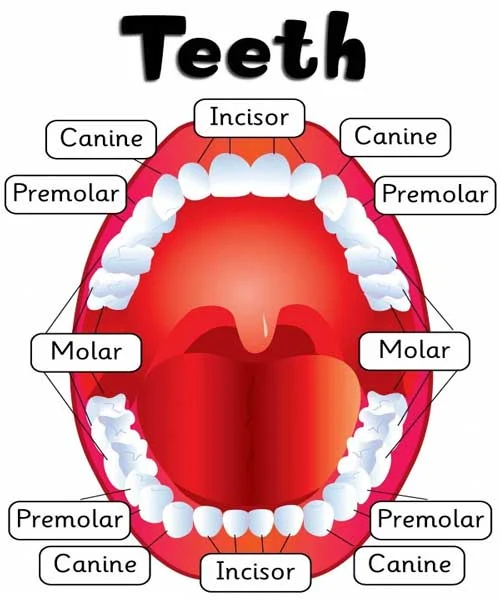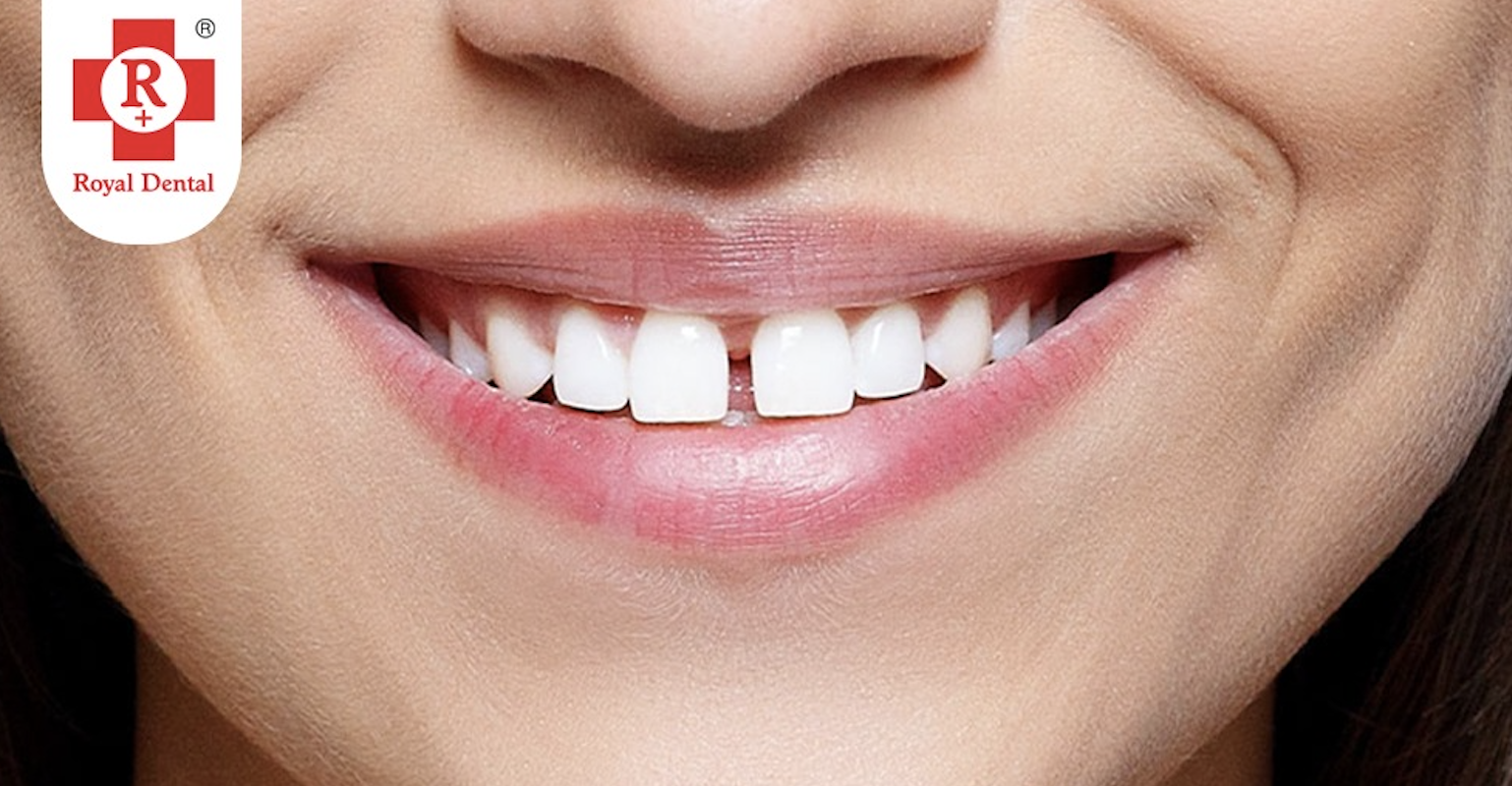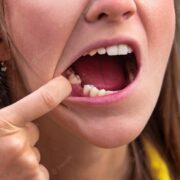Not just our vocal cords and tongue, but also a frequently overlooked component—our teeth—have an impact on how we speak. In this article, we will explore the role of teeth in speech from the perspective of articulatory phonetics. Unlocking the secrets behind how our teeth shape our speech patterns offers valuable insights into the complexity of human communication. Exploring the ties between teeth and speech takes us on a fascinating journey into the intricate mechanics of human language. From the alignment of our incisors to the position of our molars, every aspect of our dental structure contributes to the unique way we speak. Join us as we delve into the hidden connection between teeth and speech, shedding light on a topic that often goes unnoticed.
Relation: Role of Teeth in Speech pronunciation
Teeth are used for eating and biting, but their impact extends well beyond these fundamental activities. Our teeth shape speech sounds. Every feature of our oral architecture affects how we talk, from the location of our tongue against certain teeth to the alignment of our incisors and molars.
Articulatory phonetics is needed to comprehend teeth and speech. This linguistics area studies speech sound production’s physical motions. Researchers have discovered the complex mechanics of human speech by researching how our articulators—teeth, lips, tongue, and voice cords—interact.

In speech production, tongue-tooth positioning is crucial. Variable sounds need varied tongue locations, and teeth are reference points. Dental fricatives, like “th” in “thin” or “this,” are generated by inserting the tongue tip between the upper and lower incisors. Dental clicks, like those in several African languages, include rapid tongue release from behind the top incisors.
Anatomy: Role of Teeth In Speech
To understand how teeth impact speech, you must understand dental anatomy. We have distinct teeth that play diverse roles in speech production. The incisors, canines, premolars, and molars make noises.
Incisors: In the middle of the mouth are the incisors, the front teeth. They make “th,” “f,” and “v.” The tongue and airflow while making these sounds depend on the incisor alignment and location. Any misalignment or abnormalities with the incisors might cause speech problems since the tongue may not make contact.

Canines: Canines are sharp, pointed teeth on each side of the incisors. These assist in guiding the tongue and smoothing sound transitions, but they do not shape speech sounds.
Premolars: These are behind the canines come next. These teeth help pronounce “sh,” “ch,” and “zh.” Their location and shape stabilize the tongue for proper articulation.
Molars: The rear of the mouth’s molars crush food while chewing. Although not directly engaged in speech production, their alignment and stability are crucial for good oral posture, which might affect speech quality.
Articulatory Phonetics | Role of Teeth In Speech
Our vocal cords vibrate while we talk, and the articulators alter that sound. The teeth shape these noises. Variable articulatory configurations result in a varied speech sounds when the tongue moves and interacts with the teeth.
When making the “s” sound, the tongue tip is lifted toward the alveolar ridge, the bony ridge behind the upper front teeth. The tongue-tooth gap hisses when air flows through. The same tongue position produces the “z” sound, but the vocal chords vibrate to increase volume.
For “t” and “d,” the tongue briefly touches the alveolar ridge before releasing, causing a rapid air burst. The teeth stabilise and guide the tongue, ensuring accurate and regular articulation.
Speech Issues related to Dental Problems
Lisping: Lisping occurs when the tongue protrudes between the front teeth, particularly during the production of sounds like “s” and “z.” This can create a distinctive “th” sound, often referred to as a frontal lisp. Dental conditions such as tooth gaps or misalignment can contribute to lisping.
Slurred speech: Misaligned or missing teeth can affect the overall stability and alignment of the tongue, leading to slurred speech. The tongue may struggle to maintain proper contact with the teeth, resulting in unclear articulation.

Difficulty with fricatives: Fricatives are sounds produced by creating friction between the tongue and teeth. Dental problems, such as tooth decay or missing teeth, can impair the ability to produce these sounds accurately. This can lead to speech difficulties, particularly with sounds like “f,” “v,” “s,” and “z.”
Articulation errors: Dental abnormalities, such as malocclusion or crowded teeth, can affect the positioning of the tongue and other articulators. This can result in articulation errors, making it challenging to produce certain sounds correctly.
How can Dental Treatments improve Speech clarity?
Dental treatments can play a crucial role in improving speech clarity for individuals with dental problems. By addressing the underlying dental issues, professionals can help restore proper articulation and enhance overall speech production. Let’s explore some common dental treatments that can have a positive impact on speech.
Orthodontic treatment: Orthodontic interventions, such as braces or clear aligners, are commonly used to correct misalignment or irregularities in dental structure. By aligning the teeth properly, orthodontic treatment can improve oral posture and create a stable foundation for speech production.
Dental prosthetics: In cases of missing teeth, dental prosthetics like dental implants, bridges, or dentures can help fill the gaps. By restoring the missing teeth, these prosthetics provide support for the tongue and improve articulation.
Dental fillings and restorations: Tooth decay or cavities can affect speech production, particularly with fricative sounds. Dental fillings or restorations help eliminate decay and restore the proper shape and function of the affected teeth, allowing for clearer articulation.
Oral surgeries: In some cases, oral surgeries may be necessary to address severe dental issues that impact speech production. These surgeries can involve correcting jaw misalignment, removing impacted teeth, or addressing other structural abnormalities.
Tips for maintaining Oral Health | Role of Teeth In Speech
- Practice good oral hygiene: Brush your teeth at least twice a day with fluoride toothpaste, and floss daily to remove plaque and food particles.
- Visit the dentist regularly: Schedule regular dental check-ups and cleanings to identify and address any dental issues promptly.
- Avoid harmful habits: Avoid habits that can negatively impact your dental health, such as smoking, excessive alcohol consumption, and biting on hard objects like pens or nails.
- Stay hydrated: Drinking plenty of water helps maintain a moist mouth, which is important for speech production and overall oral health.
- Eat a balanced diet: Include foods rich in nutrients that promote oral health, such as fruits, vegetables, dairy products, and lean proteins.
- Use proper oral posture: Maintain proper tongue posture at rest by resting it against the roof of your mouth, just behind the front teeth. This helps promote proper alignment and supports optimal speech production.
Misconceptions in Phonetics | Role of Teeth In Speech
While articulatory phonetics is a fascinating field of study, it does come with its fair share of challenges and misconceptions. One common challenge is the variability of speech production across individuals. Although there are general patterns, each person has their own unique way of producing sounds, making it challenging to establish universal rules.
Another challenge lies in the limitations of technology and research methodologies. While advanced imaging techniques like MRI and ultrasound have provided invaluable insights, they have their limitations. For example, imaging the articulatory movements during speech can be challenging due to the fast and complex nature of the process.
Misconceptions about articulatory phonetics can also arise from oversimplifications. Some people might believe that the position of the articulators alone determines all sounds, disregarding other elements like airflow and vocal fold vibration. It is important to understand that articulatory phonetics are just one piece of the puzzle in understanding speech production.
Conclusion
Articulatory phonetics is a captivating field that unravels the intricate relationship between our oral anatomy and speech production. Dr. Chirag Chamria’s groundbreaking research has shed light on the complexities of articulation, deepening our understanding of language and communication.
The practical implications of articulatory phonetics research are vast, ranging from speech therapy interventions to language teaching materials. By understanding how our articulators contribute to speech sounds, we can develop more effective strategies for improving speech production and language acquisition.
Dr. Chirag Chamria’s contributions to the field of articulatory phonetics have paved the way for future research and advancements. Through his groundbreaking work, he has revolutionized our perception and study of linguistics, deepening our understanding of the fascinating connection between teeth and talk. The journey into the world of articulatory phonetics is an ongoing one, filled with remarkable insights waiting to be discovered.
© All rights reserved by Royal Dental Implants Pvt Ltd
Issued in public interest






